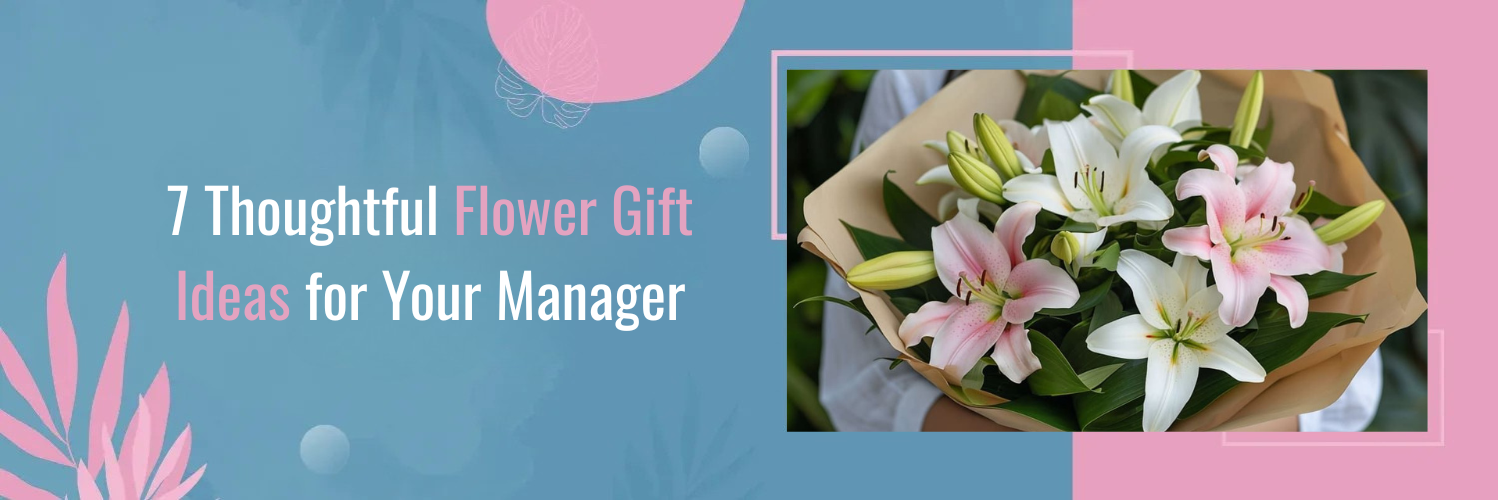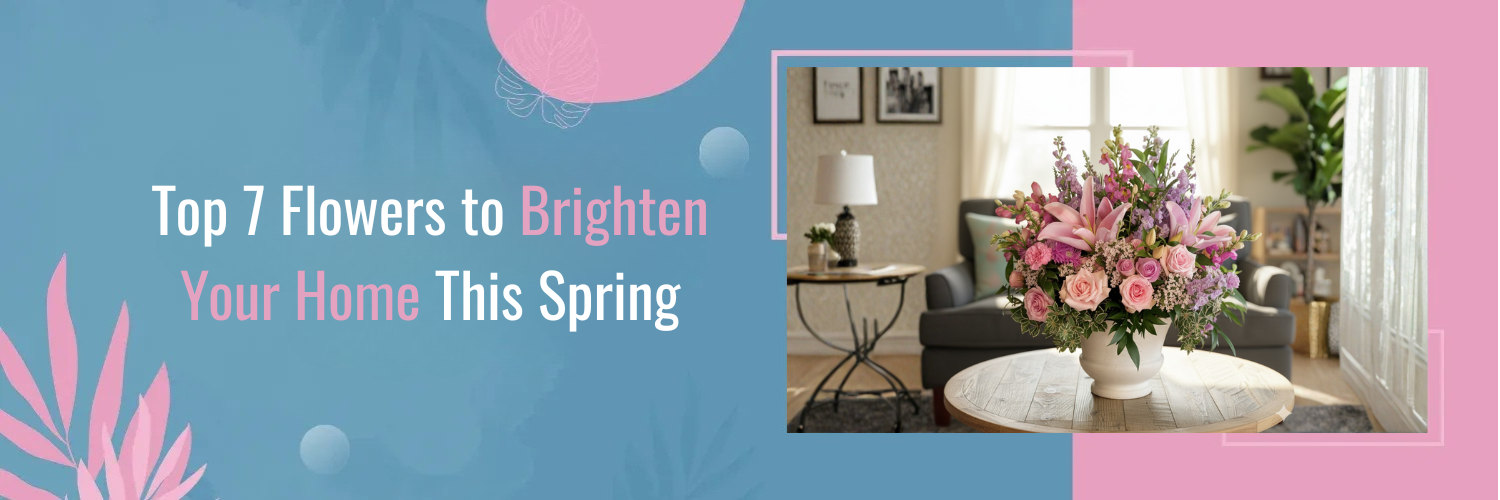What are Anthurium Flowers?
Anthuriums (also known as Flamingo flowers), with their heart-shaped blooms and lush foliage, have captivated plant lovers for centuries. Originating from the rainforests of Central and South America, they have been a symbol of hospitality and warmth. Their variety is vast, ranging from the striking red Anthurium andraeanum to the more subtle Anthurium crystallinum, each offering its unique charm.
Whether you’re looking to brighten up your living space with a touch of tropical flair or seeking to expand your indoor garden, this journey through the care and keeping of Anthuriums promises to be both informative and enjoyable.
Ideal Growing Conditions
Lighting Requirements
Creating the perfect lighting environment is crucial for the well-being of Anthuriums. These tropical beauties thrive in conditions that mimic the dappled sunlight of their native rainforest habitats. Bright, indirect light is their sweet spot. It’s enough to encourage growth and bloom without causing the harm that direct, intense sunlight can inflict.
Anthuriums can handle some direct sunlight, especially the gentle rays of the morning, but they should be protected from the more intense afternoon sun, which can scorch their delicate leaves. If you notice the leaves turning yellow or developing brown spots, it’s a sign that your plant is receiving too much direct light.
During the shorter days of winter, when natural light is less abundant, your Anthurium may need a little extra help. Supplementing with artificial grow lights can be an effective way to ensure your plant continues to thrive. Place these lights a few feet away from the plant to simulate the effect of indirect sunlight.
Temperature and Humidity
Temperature and humidity are equally important in creating an ideal growing environment for Anthuriums. They prefer a warm and humid climate, similar to their tropical origins. A temperature range of 65-80°F (18-27°C) is ideal. It’s important to protect these plants from sudden temperature drops and drafts, which can cause stress and damage.
Humidity is another key factor in the health of your Anthurium. These plants love a humid environment, thriving in humidity levels of 60-80%. In many home environments, especially during dry winter months or in air-conditioned spaces, the air can be too dry for these moisture-loving plants. To increase humidity, you can use a humidifier near your plant, which will provide a consistent source of moisture. Alternatively, placing the pot on a water-filled pebble tray or grouping your Anthurium with other plants can create a microclimate with higher humidity, beneficial for all involved.
By closely mimicking the natural conditions of bright, indirect light, stable warm temperatures, and high humidity, you can create an ideal environment for your Anthurium to flourish. These conditions will not only support their growth but also encourage the production of their stunning, colourful blooms.
Planting and Soil Needs
Choosing the Right Soil
The foundation of healthy Anthurium growth lies in selecting the appropriate soil. These plants require a well-draining medium to thrive, as their roots are prone to rot in overly wet conditions. A perfect blend for Anthuriums is one that closely mimics the loose, rich, and airy quality of their natural habitat in the rainforest.
A recommended mix for Anthuriums includes orchid bark, peat moss, and perlite. Orchid bark provides the necessary aeration and drainage, while peat moss retains just the right amount of moisture without becoming waterlogged. Perlite further enhances the drainage capabilities and prevents soil compaction. This combination creates an ideal environment for the roots, allowing them to access both the air and moisture they need.
If you’re mixing your soil, aim for a balance where the soil retains moisture to hydrate the roots while also allowing excess water to drain quickly. The right soil consistency is key to avoiding common issues such as root rot or fungal infections.
Potting and Repotting
When it comes to potting, the choice of container is as crucial as the soil. Always choose a pot with adequate drainage holes. This prevents water from accumulating at the bottom, which could lead to root rot.
Anthuriums generally need to be repotted every two to three years, or when you notice that the roots have started to outgrow the pot. This is often visible when roots begin to circle the bottom of the pot or emerge from the drainage holes. Repotting gives your plant room to grow and access to fresh soil.
The best time to repot is during the growing season, typically in the spring or early summer. This timing allows the plant to recover and grow in its new space during its most active period. When repotting, be gentle with the roots and use the opportunity to inspect them for any signs of disease or decay, trimming away any unhealthy portions.
By providing your Anthurium with the right soil mix and timely repotting, you’re ensuring that it has a healthy environment to grow and thrive. This care will be reflected in the plant’s vibrant foliage and stunning blooms, making it a proud addition to your indoor garden.
Watering and Feeding
Watering Techniques
Proper watering is pivotal in maintaining a healthy Anthurium. These plants prefer a balance – they don’t like to be too dry or too wet. The key is to water them when the top inch of the soil feels dry to the touch. This method ensures that the plant receives moisture without being waterlogged.
Overwatering is a common issue and can lead to root rot, a serious condition that can be detrimental to your plant. On the other hand, underwatering can lead to wilting and stressed plants. It’s important to note that Anthuriums’ watering needs may change with the seasons. During warmer months, they may require more frequent watering as the soil dries out quicker, whereas in the cooler months, they need less water.
The environmental conditions of your home also play a role in determining the watering schedule. Factors like humidity, temperature, and light exposure can affect how quickly the soil dries out. Always check the soil moisture before watering and adjust your routine as needed to maintain the ideal moisture level.
Fertilisation Needs
Feeding your Anthuriums is another vital aspect of their care. These plants benefit from regular fertilisation, which helps promote healthy growth and vibrant blooms. Use a balanced, water-soluble fertiliser to ensure your Anthurium gets all the necessary nutrients.
It’s recommended to feed your Anthurium every other month. However, during the winter months, when the plant’s growth naturally slows down, it’s advisable to reduce the frequency of fertilisation. This adjustment prevents the build-up of excess nutrients in the soil, which can lead to nutrient burn, manifesting as brown, crispy leaf tips.
When fertilising, follow the instructions on the fertiliser package carefully. Over-fertilising can be just as harmful as under-fertilising. The goal is to provide your Anthurium with a consistent but moderate supply of nutrients to support its overall health and flowering .
By following these guidelines for watering and feeding, you’ll create an optimal environment for your Anthurium to thrive. Regular, appropriate care in these areas will ensure that your plant remains healthy, and lush, and continues to produce its stunning, heart-shaped blooms.
Pruning and Maintenance
Pruning Basics
Pruning is an essential aspect of Anthurium care, not only for aesthetic reasons but also for the health of the plant. Regular removal of dead or yellowing leaves is crucial. This process not only improves the plant’s appearance but also redirects energy to healthier growth areas, promoting a vibrant and lush appearance.
Pruning is best done in early spring, as this is the time when the plant is entering its active growing phase. This timing allows the Anthurium to recover quickly and use its energy to produce new growth. When pruning, use clean, sharp scissors or pruning shears to make clean cuts. This helps prevent damage to the plant and reduces the risk of infection.
Besides removing dead or unhealthy foliage, pruning can be used to shape the plant, encouraging a fuller, bushier growth habit. This not only enhances the plant’s appearance but can also lead to more blooms. However, be cautious not to over-prune, as this can stress the plant.
Pest Control and Disease Prevention
Keeping an eye out for pests and diseases is key to maintaining a healthy Anthurium. Common pests that affect Anthuriums include aphids, spider mites, and mealybugs. These pests can usually be spotted on the underside of leaves or at the leaf joints. They can cause damage by sucking sap from the leaves, leading to wilting, yellowing, and stunted growth.
To combat these pests, regular inspections are crucial. If you spot pests, treat your Anthurium with insecticidal soap or neem oil. These treatments are effective yet gentle on the plant. Apply according to the instructions, ensuring to cover all areas of the plant, especially the undersides of leaves where pests often reside.
Preventing diseases is equally important. Most diseases in Anthuriums are caused by overwatering or poor air circulation. Ensure your watering schedule allows the soil to dry out between waterings and that your plant is in a well-ventilated area. Good air circulation helps to keep the foliage dry and reduces the risk of fungal infections.
Regular maintenance, including pruning and pest and disease control, is crucial for the health and beauty of your Anthurium. By incorporating these practices into your regular plant care routine, you can ensure your Anthurium stays healthy, and vibrant, and continues to bring tropical beauty to your space.
Propagation Techniques
Propagating Anthuriums is a rewarding way to expand your collection or share these beautiful plants with friends and family. There are two common methods for propagating Anthuriums: division and stem cuttings.
- Division: This method is often used during repotting. Gently remove the plant from its pot and clear the soil from the roots. Look for natural separations in the root ball, where you can divide the plant into smaller sections. Each section should have a portion of the roots and at least one or two leaves. Plant each division in its pot filled with the appropriate soil mix, as discussed earlier. Water the new plants and place them in a warm, humid environment with indirect light. Dividing the root ball not only helps in propagation but also rejuvenates the parent plant, encouraging new growth.
- Stem Cuttings: Choose a healthy stem with a few leaves and, if possible, aerial roots. Cut the stem with a clean, sharp tool, making sure the cutting is a few inches long. Plant the cutting in a moist, well-draining soil mix. The presence of aerial roots on the cutting can increase the chances of successful rooting. Keep the soil consistently moist but not soggy, and place the pot in a warm, brightly lit area, away from direct sunlight. Rooting usually occurs in a few weeks, after which the plant can continue to grow under normal Anthurium care conditions.
Troubleshooting Common Issues
Despite your best efforts, you might encounter issues while caring for your Anthurium. Understanding and how to address these problems is key to maintaining a healthy plant.
- Yellow Leaves: Yellowing of the leaves is a common issue and often indicates overwatering. When you notice yellow leaves, check the moisture level of the soil. If it’s consistently wet, allow it to dry out more between waterings. Ensure the pot has good drainage and consider adjusting your watering schedule according to the season and your home’s humidity levels.
- Drooping: Drooping leaves can be a sign of underwatering or low humidity. Check the soil; if it’s dry, water the plant thoroughly. To increase humidity, consider using a humidifier, placing a water-filled pebble tray under the pot, or grouping your Anthurium with other plants. Also, ensure that your plant is not exposed to drafts or temperature extremes, as these can also cause drooping.
























